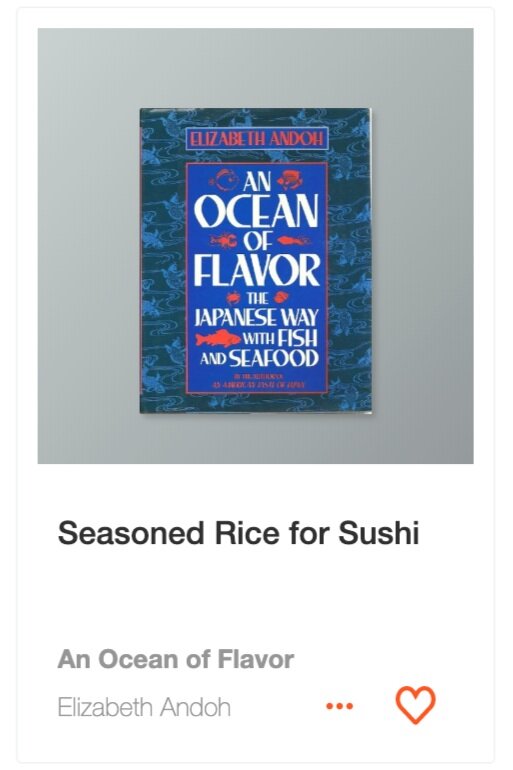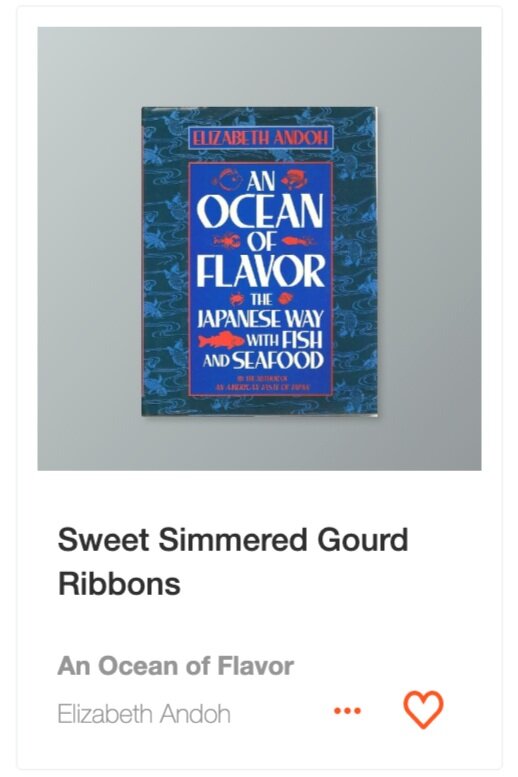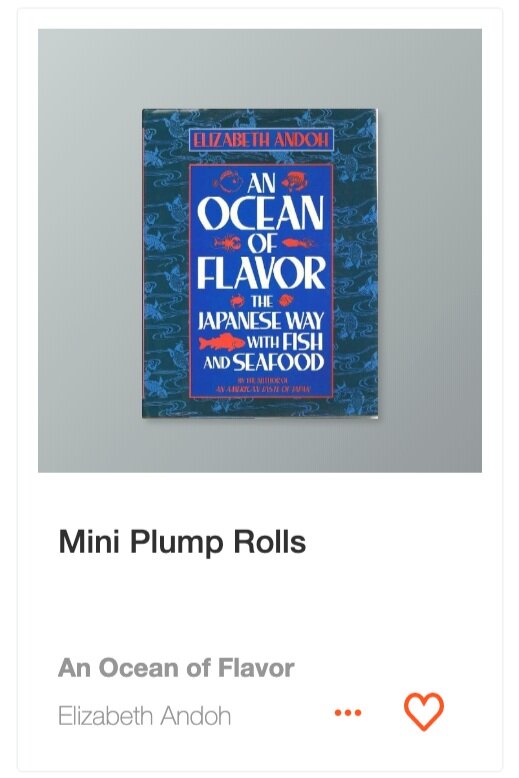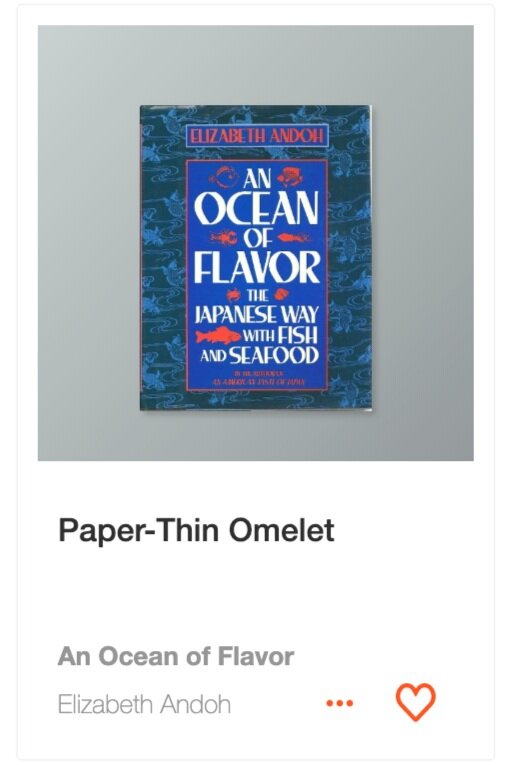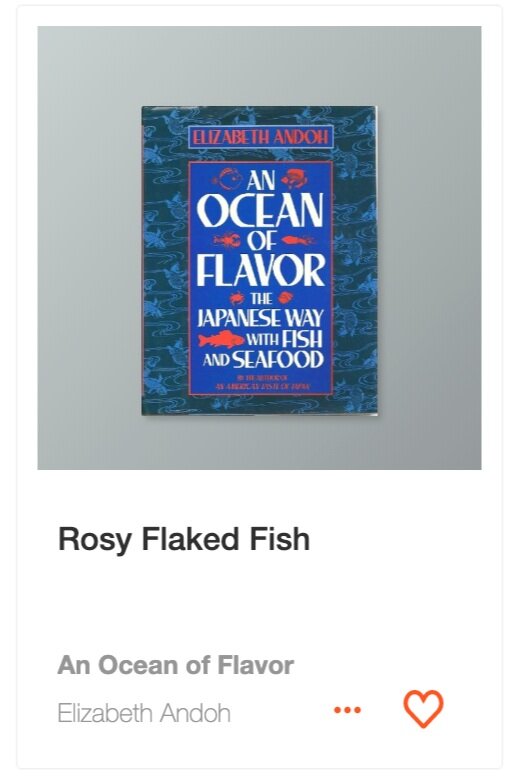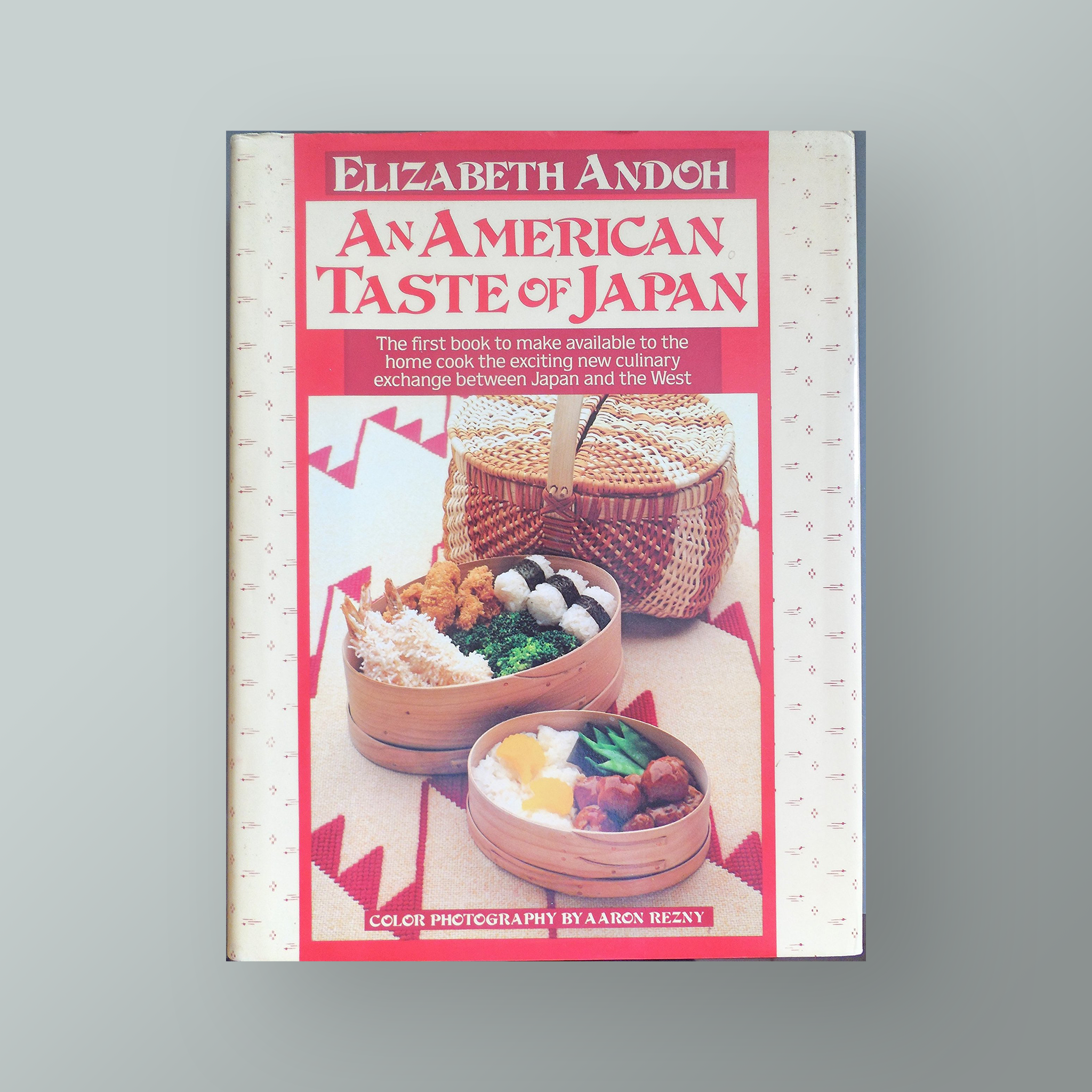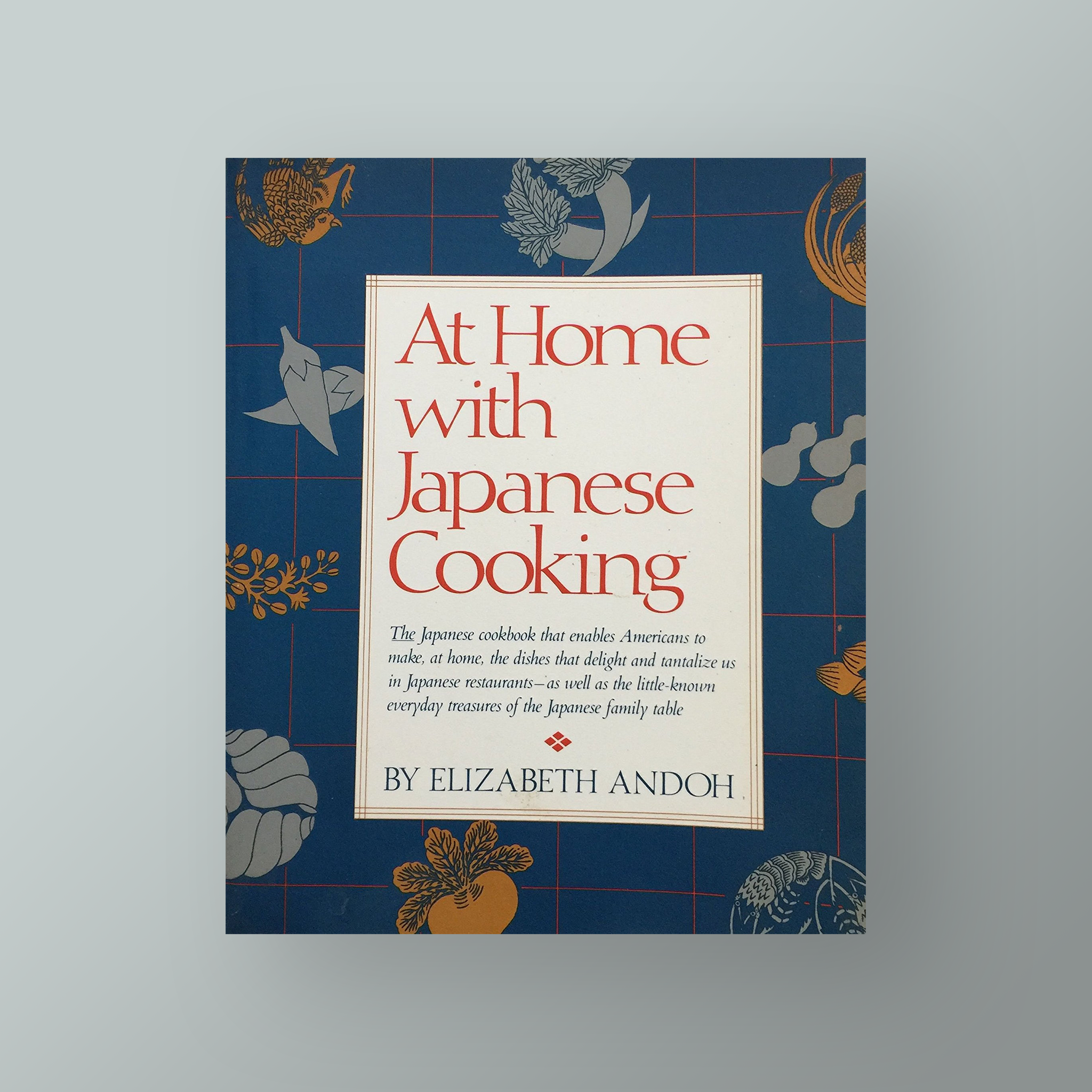Advertisement
A beginners guide to Setsubun
21 January 2020 · Holiday Menu
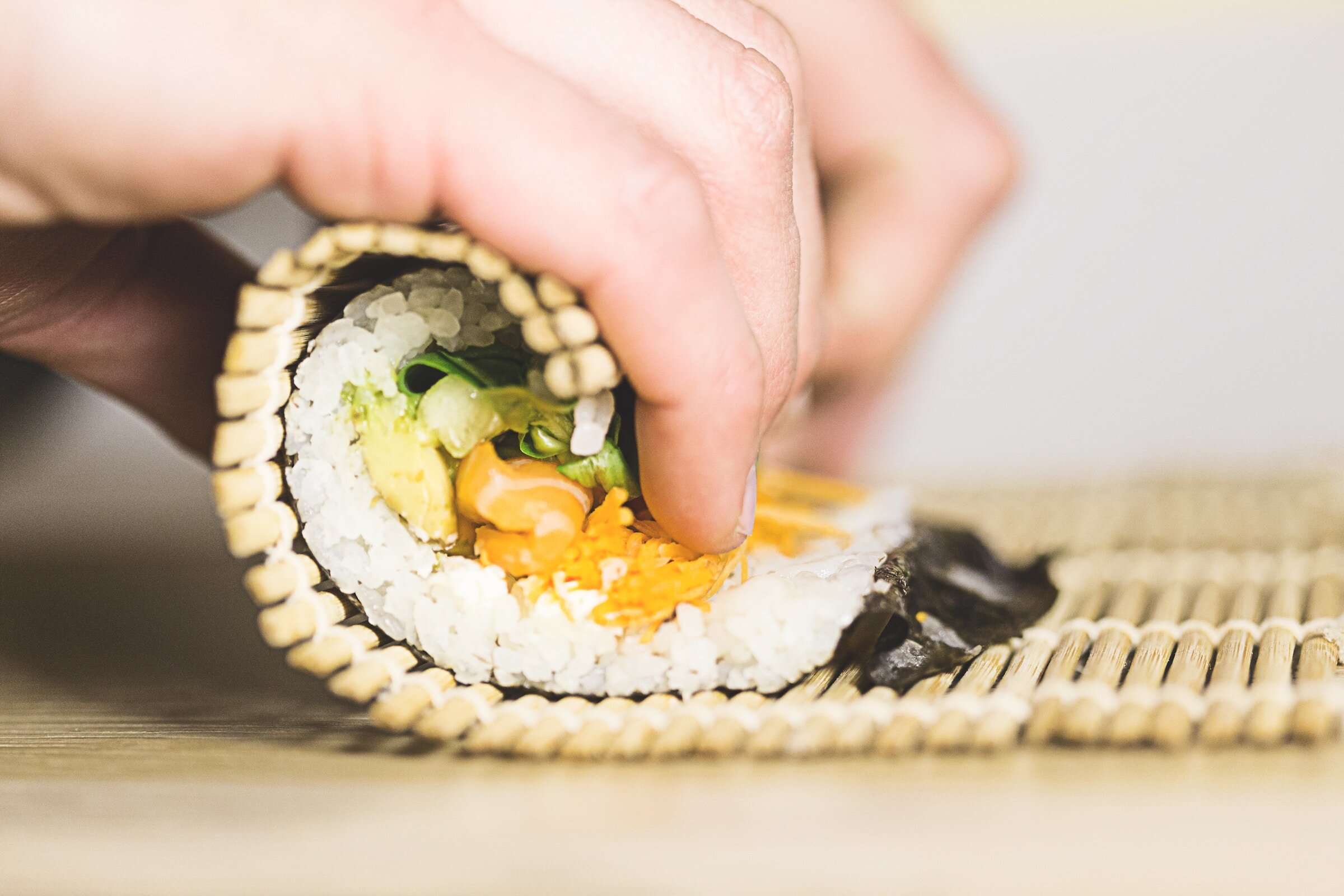
Photo by Luigi Pozzoli on Unsplash
In the West we may be most familiar with 'Chinese New Year' but the Lunar New Year is celebrated in many ways throughout Asia. We asked cookbook author Elizabeth Andoh to share a little about the Japanese Setsubun break, which marks the beginning of the lunar new year, celebrated this year on February 3rd, 2020.
Setsubun
by Elizabeth Andoh
Indeed, Japan does celebrate setsubun. The word setsubun means "a break in seasons" and there are setsubun breaks many times during the year. Today in Japan the setsubun that is most celebrated is on February 3, and it corresponds to the start of the lunar New Year. While in other parts of Asia, China for example, this break is celebrated as New Years, in Japan (since the switch to using the Gregorian calendar in January 1873) Setsubun is set apart from Oshōgatsu, Japanese New Year activities, which extend through mid-January.
There are many foods are associated with Setsubun, everything from roasted dried soybeans (called daizu) that are tossed outside (to get rid of ogres) and then inside (to bring in good fortune) to mini plump rolls of sushi called éhō maki éhō (means "auspicious direction" and these uncut rolls of sushi are to be eaten while facing the auspicious direction—éhō—chosen for that particular year. Good fortune in 2020 will come from the West South-West).
SETSU 節 ("season") BUN 分 ("break") is how its written in Japanese. I suspect the same two calligraphy are used in China: 節分 though they would be pronounced differently. The Japanese "borrowed" some of China's writing system but use those elements with different pronunciation and syntax.
Éhō Maki (Good Fortune Sushi Rolls)
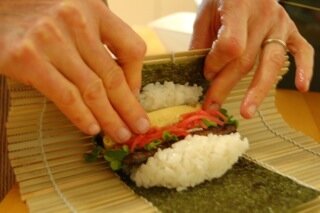
Setsuban sushi rolling, photo from tasteofculture.com
To make éhō maki (Good Fortune Sushi Rolls) use the following recipes from An Ocean of Flavor:
Ideally éhō maki have 7 (or more) different fillings. Above are 3 (fish flakes, gourd ribbons and omelet). I suggest adding simmered dried shiitaké (recipe for Sweet Simmered Oriental Vegetables from At Home with Japanese Cooking), cucumber sticks, pickled ginger, and radish sprouts. Some people add whole fried shrimp (cutting off the tails), too.
Washoku guidelines urge everyone to include foods from the following categories: 5 Colors (red, green, yellow, black, white), 5 Flavors (sweet, salty, sour, spicy, bitter) and 5 Ways (raw, simmered, seared, fried, steamed). Colorful fillings (yellow omelet, pink fish flakes, green cucumbers etc), white sushi rice wrapped in black nori easily fulfill the color requirements. The sweet soy sauce in which shiitaké mushrooms and the gourd ribbons are simmered combine sweet and salty flavors; the seasoned vinegar for making sushi rice combines sweet and sour flavors, the pickled ginger also combines sweet with sour and adds spiciness, too. The (raw) cucumbers and radish sprouts add a bit of bitterness. The various fillings are made using all 5 methods or ways.
For those who prefer to consume only plant-based foods the fish, shrimp and egg can be replaced with other fresh and/or cooked vegetables and tōfu. Or, make the Beans and Assorted Vegetables (At Home with Japanese Cooking); dried soybeans (called daizu in Japanese) are another food associated with the celebration of Setsubun (Lunar New Year).
Cookbooks by Elizabeth Andoh
Let an expert guide you to cook the classic foods of Japan.
by Elizabeth Andoh
“Andoh's second cookbook broadens her standing as America's chief interpreter of Japanese cuisine. At Home with Japanese Cooking was a no-nonsense course in the basics for most Americans, an enticing but mysterious culinary aesthetic. Now, she has moved on to excellent recipes that preserve the Japanese cooking style while mixing in Western flavors. For example, there's tomato and shiso bisque, wasabi mayonnaise for the potato salad and pear ice cream made with a splash of plum wine. Andoh's respect for classic Japanese dishes keeps the collection from being another nouvelle mishmash. She's a cautious innovator when it comes to taste a little heavy cream here, a few American mushrooms there. As for procedure, she turns to the food processor and the nonstick pan whenever she can. An interesting and enlightening book.” (From Publishers Weekly)
by Elizabeth Andoh
“Andoh, an authority on Japanese cuisine and culture, turns to food from the sea in this inviting new collection featuring a wide range of dishes. Andoh uses authentic Japanese techniques and seasonings, but her clear instructions and sensible adaptations make these unusual dishes accessible to any American home cook. The recipe notes describe the Japanese use and presentation of each dish; a "Pantry" section demystifies the special ingredients; informative sidebars offer helpful preparation tips. Highly recommended.” (From Library Journal)
by Elizabeth Andoh
An introductory guide to Japanese cooking, this cookbook is filled with detailed illustrations and explanations of Japanese kitchen equipment and methods. With over 130 authentic dishes like ginger shrimp stuffed eggplants organized in classic Japanese order, this expansive guide fully inducts English-speaking cooks into Japanese tradition.
Born, raised and educated in America, Elizabeth Andoh has made Japan her home for more than half a century.
She is the author of many books on Japanese cooking, including two IACP award-winners, An Ocean of Flavor (Morrow, 1988) and Washoku (Ten Speed, 2005). Andoh was Gourmet's Japan correspondent for more than three decades and a regular contributor to the New York Times travel section for many years. Elizabeth lectures internationally on Japanese food and culture. She directs A Taste of Culture, a culinary arts program based in Tokyo that combines spicy tidbits of food lore with practical tips and skill-building lessons on how to prepare Japanese food.
For more about Andoh visit tasteofculture.com or follower her on Twitter and Facebook.
Elizabeth Andoh is a featured author on ckbk, home to the world's best cookbooks and recipes for all cooks and every appetite.
Sign up for ckbk's weekly email newsletter
As an added bonus you will receive a free PDF download featuring recipe highlights from our favorite cookbooksAdvertisement

